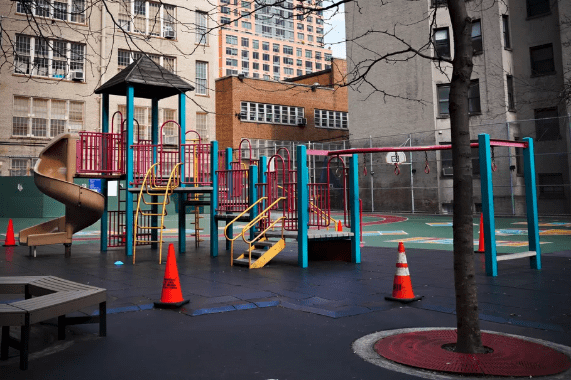 Life in America — and in many countries around the world — is changing drastically. We’re physically distanced from our favorite people, we’re avoiding our favorite public places, and many are financially strained or out of work. The response to the Covid-19 pandemic is infiltrating every aspect of life, and we’re already longing for it to end. But this fight may not end for months or a year or even more.
Life in America — and in many countries around the world — is changing drastically. We’re physically distanced from our favorite people, we’re avoiding our favorite public places, and many are financially strained or out of work. The response to the Covid-19 pandemic is infiltrating every aspect of life, and we’re already longing for it to end. But this fight may not end for months or a year or even more.
We’re in this because public health experts believe social distancing is the best way to prevent a truly horrific crisis: perhaps hundreds of thousands or more if our health care system is overwhelmed with severe Covid-19 cases, people who require ventilators and ICU beds that are now growing limited in supply.
“Some may look at [the guidelines] … and say, well, maybe we’ve gone a little bit too far,” said Dr. Anthony Fauci, director of the National Institute of Allergy and Infectious Diseases and a member of the White House coronavirus task force, at a Monday White House press conference. “They were well thought out. And the thing that I want to reemphasize … when you’re dealing with an emerging infectious diseases outbreak, you are always behind where you think you are if you think that today reflects where you really are.”
How long, then, until we’re no longer behind and are winning the fight against the novel coronavirus? The hard truth is that it may keep infecting people and causing outbreaks until there’s a vaccine or treatment to stop it.
“I think this idea … that if you close schools and shut restaurants for a couple of weeks, you solve the problem and get back to normal life — that’s not what’s going to happen,” says Adam Kucharski, an epidemiologist at the London School of Hygiene & Tropical Medicine and author of The Rules of Contagion, a book on how outbreaks spread. “The main message that isn’t getting across to a lot of people is just how long we might be in this for.”


